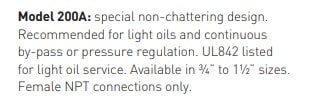curtis2004
Mechanical
Hello Everyone,
I am writing this post to find out product data sheet for 1/2" Crane 2604 relief valve. I came across this valve installed in low pressure lube oil system and would like to know its relieving capacity. Based on drawing, it was installed in 1953. Couldn't find anything on the Internet. Please Help!
Thanks,
Kurt
I am writing this post to find out product data sheet for 1/2" Crane 2604 relief valve. I came across this valve installed in low pressure lube oil system and would like to know its relieving capacity. Based on drawing, it was installed in 1953. Couldn't find anything on the Internet. Please Help!
Thanks,
Kurt

